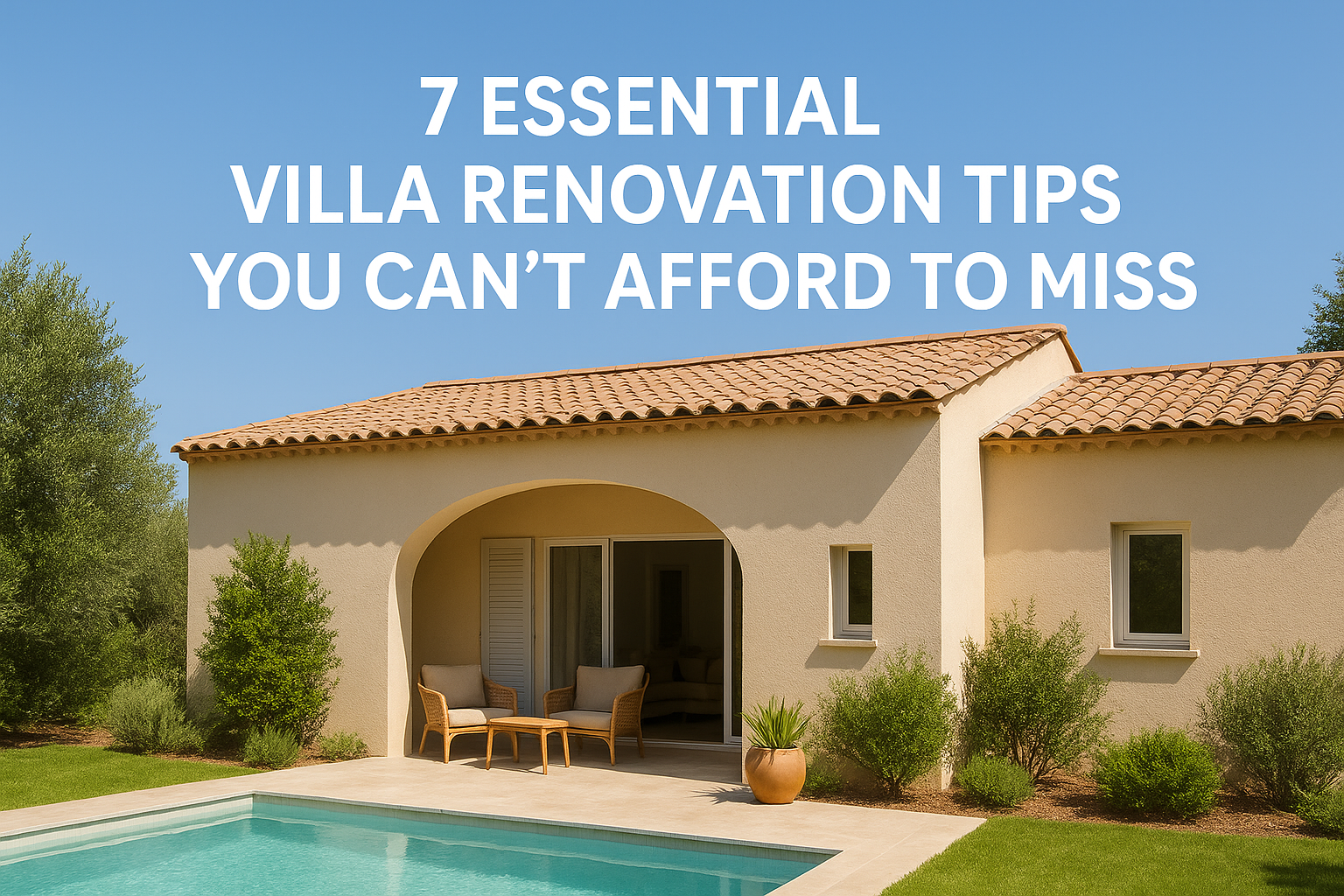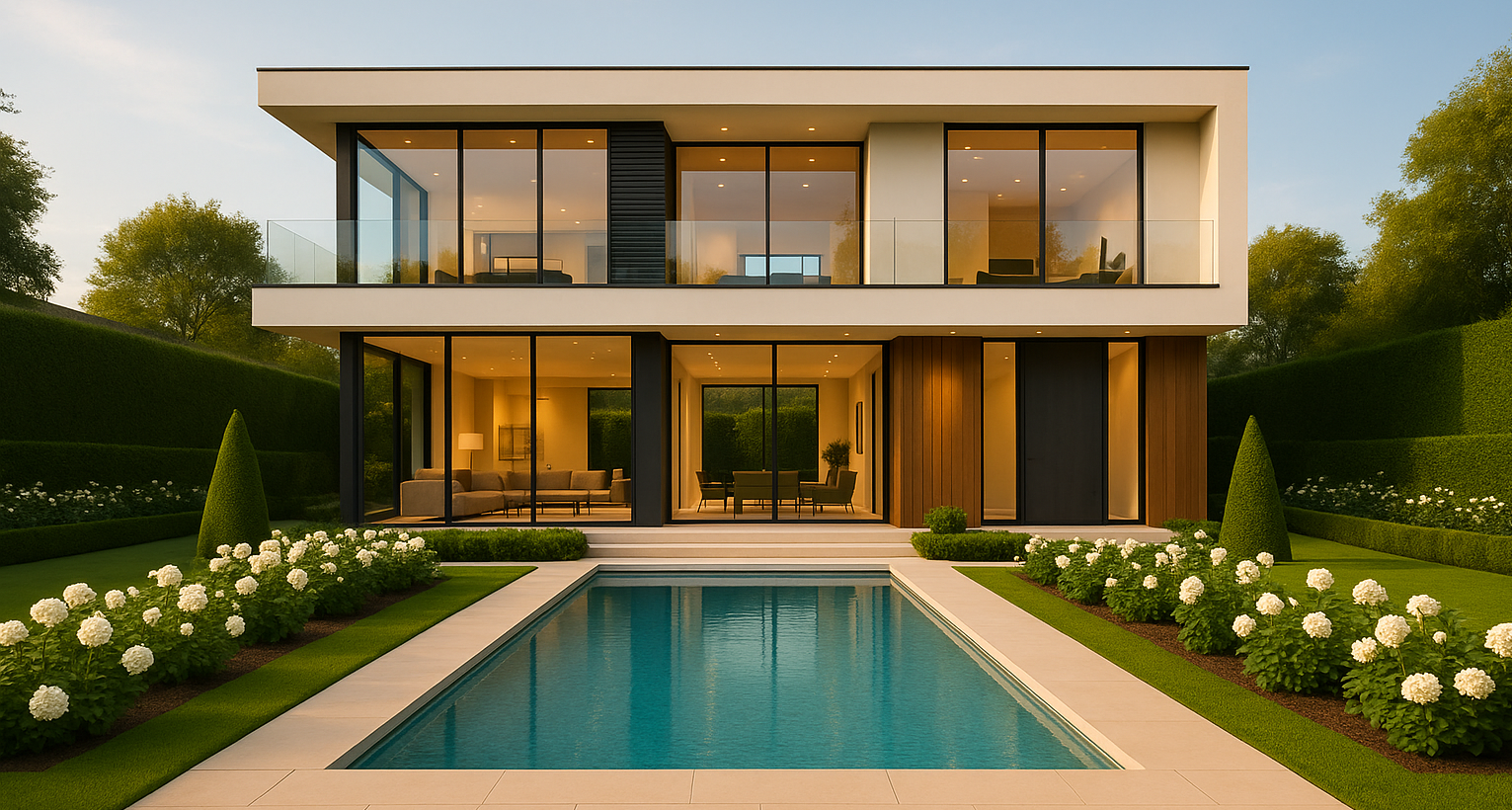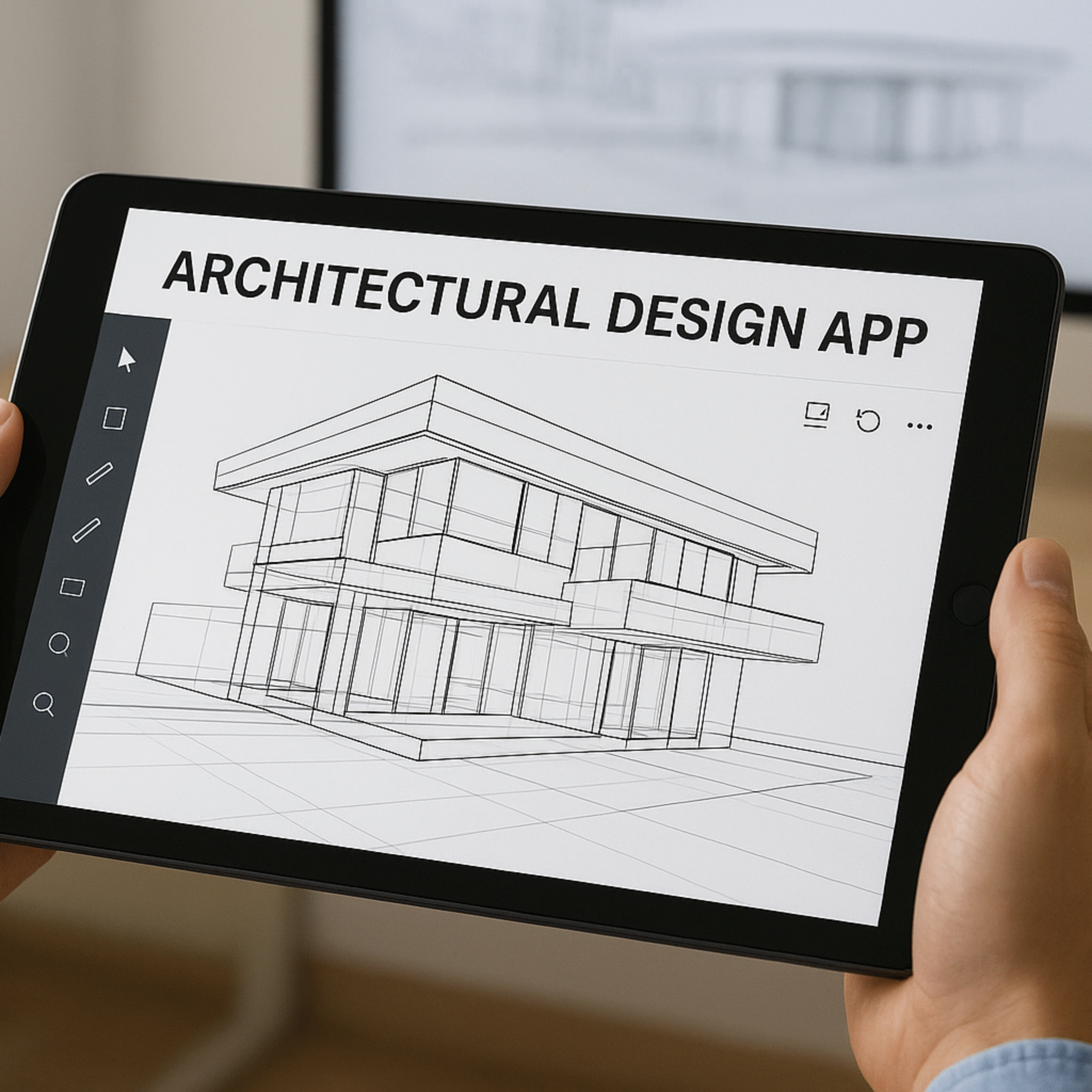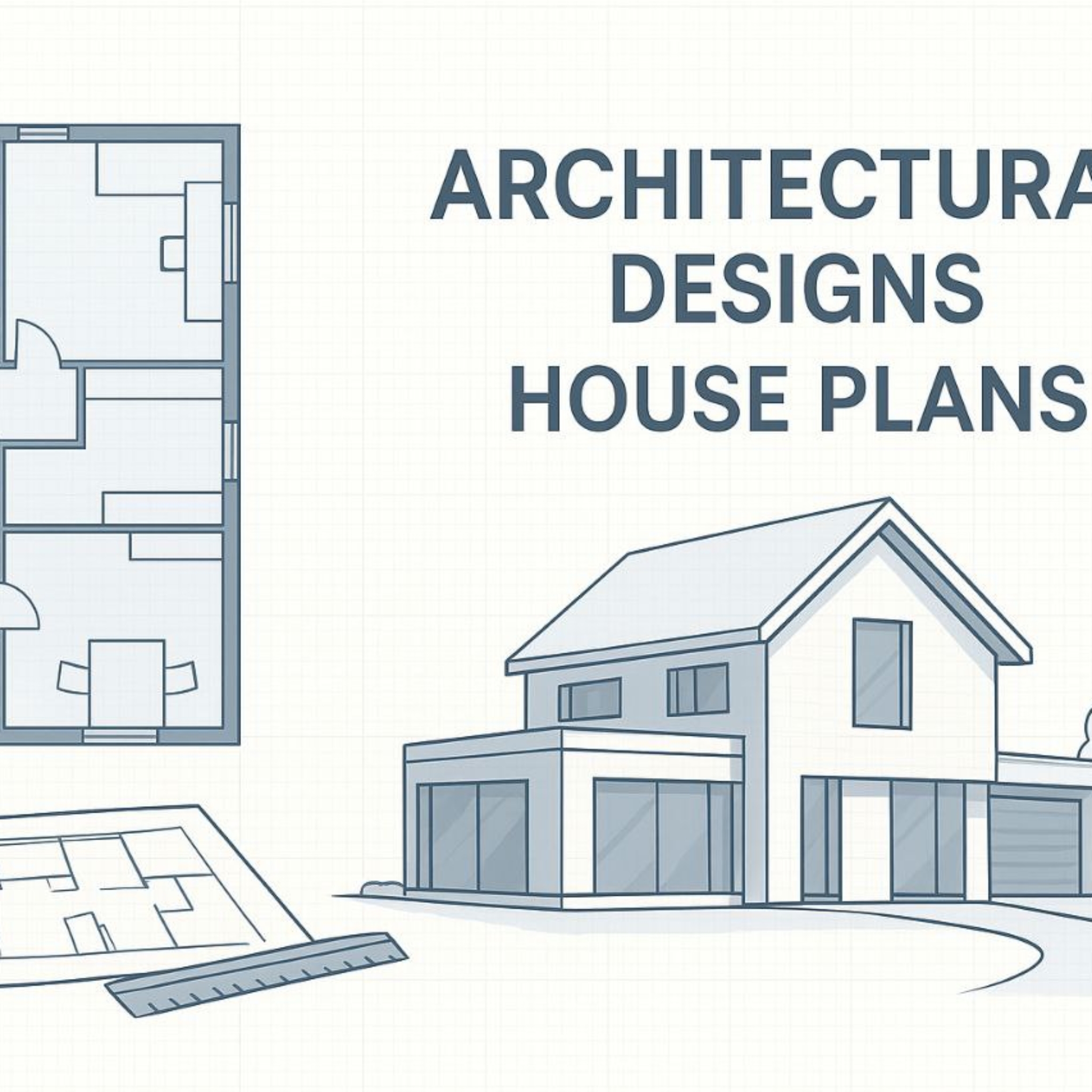Villa Renovation Tips You'll Wish You know Earlier

7 Essential Villa Renovation Tips You Can't Afford To Miss
Renovating a villa, especially one with age, character, or unique setting is more than a project; it’s a transformation. While plenty of articles discuss general guidelines, few touch on the hidden realities that can derail your renovation. This guide reveals seven hard-earned truths backed by real case studies and trusted experts to help you avoid pitfalls and make informed decisions.
Essential Villa Renovation Tips
1. Heritage Listings & Local Restrictions: Don’t Ignore the Local Guardians
If your villa is more than 30–40 years old, it’s very likely that parts of it, like the facade, staircase, or garden walls, are protected under heritage or conservation laws. These regulations vary widely between countries and even municipalities, but ignoring them can stop your entire renovation mid-way or cost you heavy fines.
For example, in France, properties listed as Monuments Historiques require approval from DRAC, the regional cultural authority. This approval process can take months, but grants covering up to 40% of the renovation cost might be available via the Fondation du Patrimoine.
A real case study is the Villa Tugendhat in Brno, Czech Republic, which was restored meticulously between 2002 and 2012 balancing modern needs with strict heritage preservation rules.
Verify if your villa or parts of it are heritage-listed by consulting local registries or authorities
Contact heritage or planning departments early to understand restrictions
Apply for and secure all necessary permits before starting any renovation work
2. Budget Leaks: Historic & Older Villas Hide Expensive Surprises
Renovating an old villa in Italy, for instance, often leads to soaring costs , not just aesthetically, but due to hidden layers: structural repair, beam reinforcement, matching historic materials, and local restoration labor costs. Fortunately, Italy offers helpful tax schemes like the Renovation Bonus and the Ecobonus, which can reimburse up to 50% of costs.
Include all construction, design, and legal fees in your budget
Set aside 15–20% extra contingency for unexpected expenses
Research local tax credits or grants to reduce overall costs
3. Climate-Aware Materials: Respect the Villa’s Environment
Mediterranean villas, for example, require materials that endure heat, humidity, and intense sunlight. Traditional building techniques, like thick whitewashed walls, terracotta floors, and deep eaves naturally regulate temperature and reduce energy use.
A prime example is featured in Architectural Digest, where a seaside villa in Costa Brava uses centuries-old techniques to create a naturally cool interior.
Choose materials suited for your local climate
Prioritize durability and energy efficiency
Consider eco-friendly and sustainable options
4. Smart Integrations, When Luxury Becomes Essential
Modern buyers expect smart home systems, energy-efficient HVAC, and functional outdoor spaces. These features improve comfort and boost resale value.
For instance, in southern Spain, forward-thinking developers are future-proofing villas with solar systems and AI-driven home automation, as seen in Home Run Marbella.
Assess which smart systems suit your villa best
Plan energy-efficient heating and cooling
Design outdoor living spaces with utility and comfort in mind
5. Timeline Realism: Accept That Time Slips Away
Renovations rarely run perfectly on schedule. Delays from permits, contractors, or materials are common especially post-pandemic.
According to Wise.com, even a medium renovation project in France can be delayed by months if approvals and materials aren’t planned in advance.
Add a 20% buffer to your expected project duration
Maintain close communication with contractors and inspectors
Avoid scheduling major events or move-ins immediately after planned completion
6. Structural Diagnostics: Hire Specialists Early
Older or heritage villas demand advanced structural assessments. Sensor-based digital twins and humidity monitors can detect early signs of structural fatigue.
Publications like MDPI highlight how these modern tools are being applied to historic properties to ensure long-term stability.
Schedule comprehensive structural inspections early
Use specialists with heritage experience
Implement monitoring technologies if possible
7. Preserve the Character, But Future-Proof It
Respect original architectural features while incorporating modern conveniences. A recent renovation in Germany maintained terrazzo floors and custom woodwork, while adding a natural swimming pool and smart lighting.
ArchDaily showcases how new material systems can merge beautifully with heritage aesthetics.
Identify and protect key historic elements
Integrate smart and sustainable features tastefully
Design spaces adaptable to future needs
 Final Take: What No One Tells You—But You Deserve to Know
Final Take: What No One Tells You—But You Deserve to Know
Yes, your architect, builder, or planner will give you checklists.
But no one will tell you these subtle truths:
Bureaucracy is slower than you think. Permits for a single heritage detail can delay your entire renovation for months.
Not all “historic” materials are authentic. Fake terracotta, low-quality limestone, or modern replicas may be used to cut costs, without you noticing.
Your budget isn’t safe, until the walls are opened. True costs reveal themselves only after demolition starts.
Some upgrades kill resale value. A smart home system with poor UX or a glass-box extension in a traditional villa? Buyers may run.
You need to think five years ahead. Will your upgrades still feel modern? Will the space still serve your life?
Does your villa’s electrical system support modern tech? Smart lighting, EV chargers, solar integration, and heat pumps demand more than basic wiring.
Which upgrades add the most long-term value? Not all renovations age equally. Energy efficiency, timeless design, and smart layouts often outperform luxury-only features.
What separates an average renovation from a visionary transformation is not just how much money you spend,
but how well-informed, future-minded, and detail-obsessed you are.
Take the time.
Ask better questions.
Go deeper than the contractor’s quote.
And treat your villa, not just as a property, but as a living story you’re continuing.











